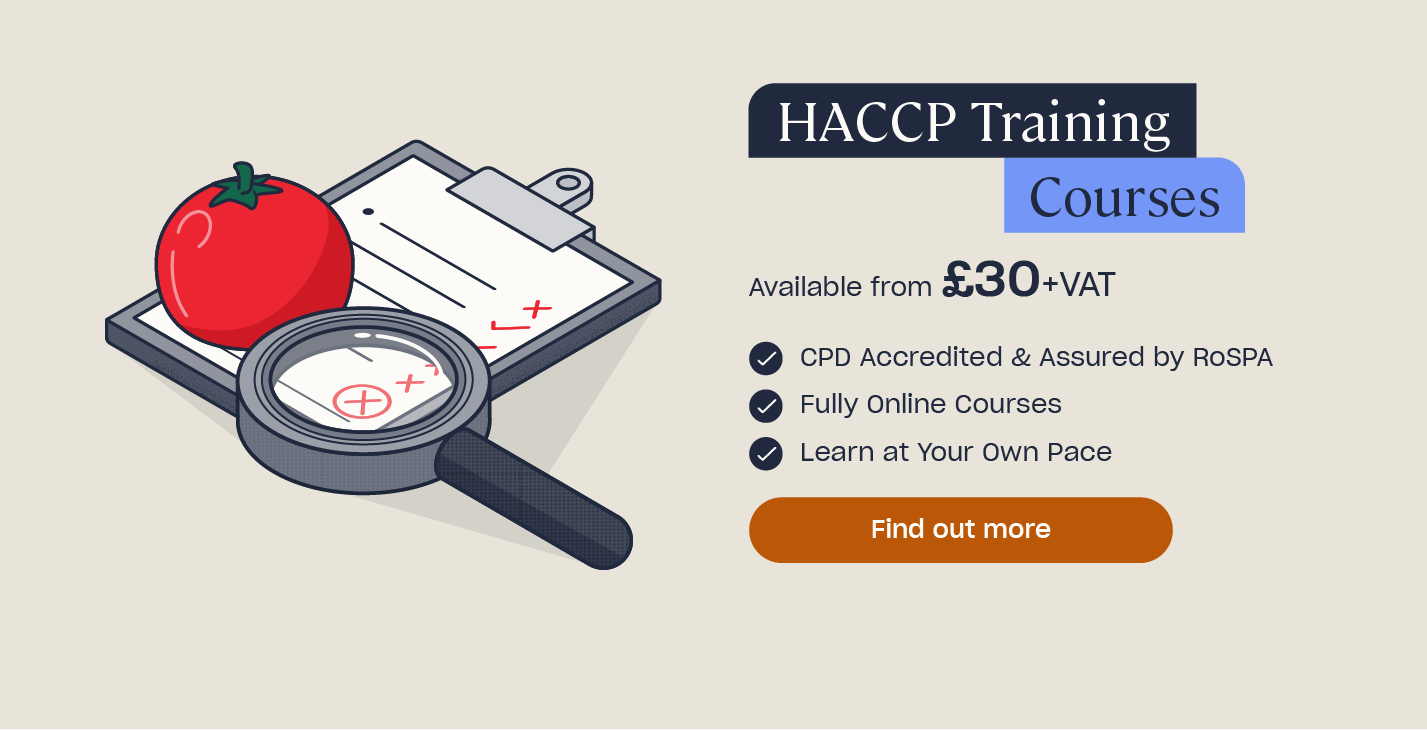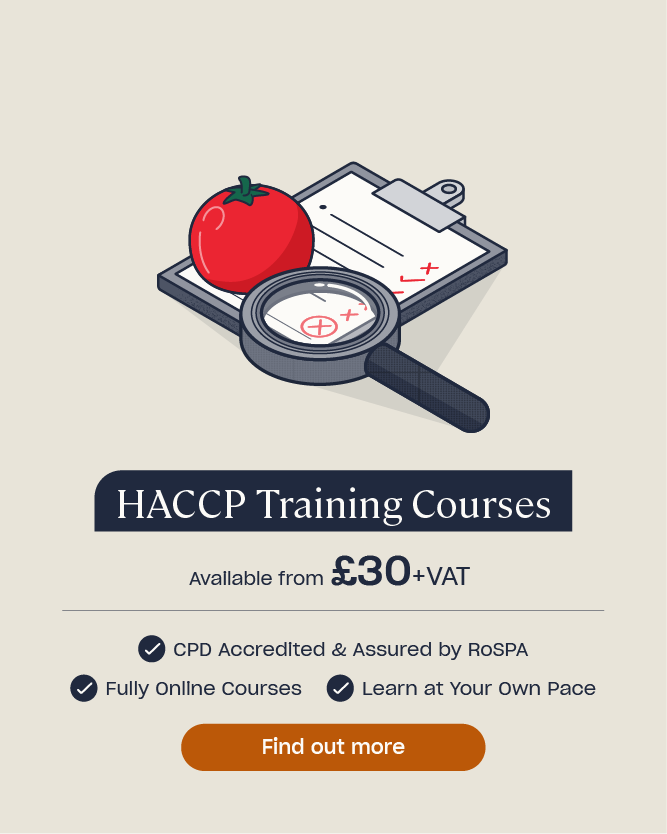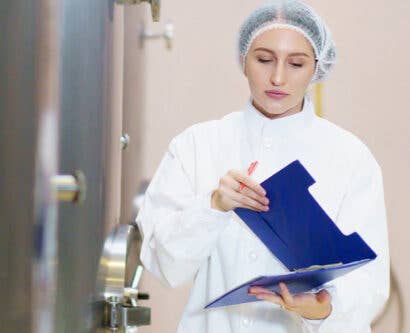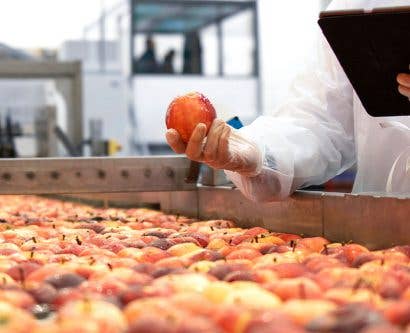Food Fraud: Product Traceability Template
Food Business Operators (FBOs) have a legal duty to ensure that the food they provide is safe for consumers. An effective food traceability process is necessary for all FBOs. This is so that they have the ability to implement product withdrawal/recall whenever there may be a risk to consumers.
Similarly, the ability to trace food products throughout the supply chain highlights any potential vulnerabilities and reduces the risk of food fraud. Our guide outlines what is meant by food traceability and includes a free food traceability template for you to download and use in your business.
What is Food Traceability?
Food traceability refers to the ability to trace and follow your food product through all stages of receipt, production, processing and distribution. Traceability is a risk management tool that FBOs can use to react to a food safety issue.
You should develop a one step backwards, one step forwards approach. This approach will allow you to identify which food and ingredients were purchased from which suppliers – known as primary production – and which foods were then sold on to business customers – known as consumption.
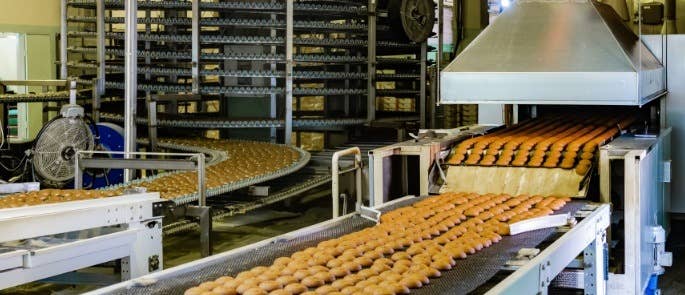
Why is Food Traceability in the UK Important?
With the complex, around – the – world supply chain of the modern food industry, the ability to pinpoint a potentially contaminated batch of food is imperative for keeping consumers safe from harm.
The traceability system is invaluable whenever there is a food safety issue. FBOs should have a traceability process in place to be able to respond quickly to such incidents.
When certain products need to be pulled from sale, easily knowing where your products have come from, and where they have gone to, means you can help prevent a crisis by withdrawing or recalling affected products.
Product withdrawal occurs when a product has gone from a producer to the next stage in the supply chain, but has not yet reached the consumer. In the event of a food safety concern, the product would be withdrawn from the supply chain.
Product recall is necessary when a product has reached the consumer. In the case of a food safety event, recall notices must be issued. Consumers also need to be made aware to not use the product, and to return it where necessary.
By keeping traceability records of your products, you will help to minimise the scale of a withdrawal/recall event.
Regulation (EC) No. 178/2002 considers a whole batch, lot or consignment unsafe unless it can be demonstrated otherwise.
This means that, in the case of a food safety issue, if an FBO cannot prove the safety of a batch, all potentially contaminated products must be removed from the marketplace. This could have a huge financial impact on businesses. Therefore, it is imperative that you have measures in place to ensure food products within a batch can be traced and demonstrated as safe for consumption.
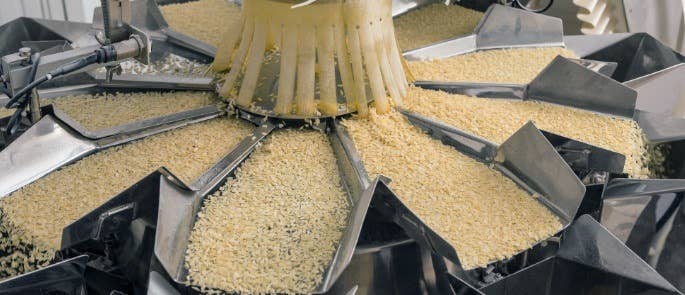
Any FBO in a food supply chain could be responsible for initiating a food withdrawal/recall, depending on where in the chain the food safety incident is identified. Examples of businesses where this may occur could include producers, processors, manufacturers and packagers.
Bear in mind there may be more than one FBO involved and as a food business, you may receive a food withdrawal/recall notice from another FBO. In some cases, you may need to refer to commercial agreements with brand owners regarding the intricacies of roles and responsibilities.
Food Traceability Template
We have created three example sheets for you to download and use:
How to Use Your Template:
- Sheet one responds to the one step back part of the supply chain, i.e. any product your business receives. Consider and record all your raw materials including batch or date codes. This is to ensure you can trace an end product back to where it came from, tracing the contamination. It will also enable you to eliminate good, safe batches from withdrawal/recall.
- The second sheet is referred to as work in progress, which is the stage between receiving the raw product and distributing your finished product.
- The third sheet is the dispatch sheet and is used to trace where your products then go, this responds to the one step forward part of the supply chain.
Keeping this record means you can contact buyers of your product, should there be any issue with your supply of it.
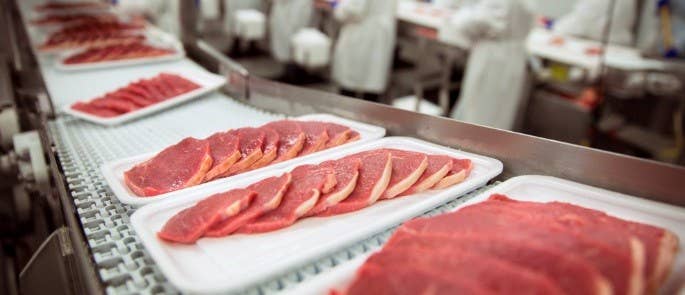
Products of Animal Origin (POAO) and Sprouted Seeds
Remember, if you handle products of animal origin (POAO) or sprouted seeds, you must also comply with more specific traceability requirements.
For products of animal origin (POAO) your traceability process must include:
- An accurate description of the product.
- The quantity (or volume) of the product supplied.
- The name and address of the FBO who supplied the product.
- The name and address of the owner – if different from that of the FBO – who supplied the product.
- The name and address of the FBO who received the product.
- The name and address of the owner – if different from that of the FBO – who received the product.
- A reference identifying the lot, batch or consignment.
- The date of dispatch.
For sprouted seeds your traceability process must include:
- An accurate description of the seeds or sprouts, including the taxonomic name of the plant.
- The quantity (or volume) of the seeds or sprouts supplied.
- Where the seeds or sprouts had been dispatched from another FBO, the name and address of:
(i) the FBO from which the seeds or sprouts have been dispatched.
(ii) the consignor (owner) if different from the FBO from which the seeds or sprouts have been dispatched. - The name and address of the FBO to whom the seeds or sprouts are dispatched.
- The name and address of the consignee (owner), if different from the FBO to whom the seeds or sprouts are dispatched.
- A reference identifying the batch.
- The date of dispatch.
However, this additional information is not required for sprouted seeds after they have undergone a treatment that eliminates microbiological hazards.
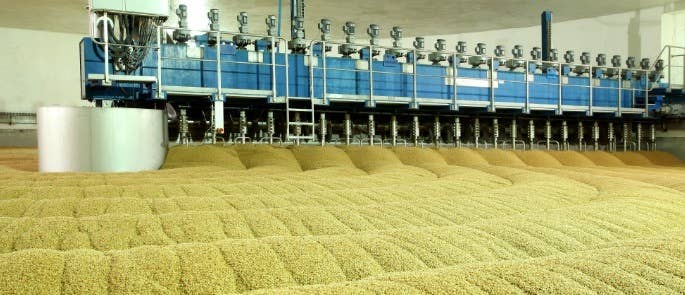
It is important that your traceability system for POAO and sprouted seeds are updated daily. Some products, such as fish, may also be subject to further traceability and labelling requirements from sector specific legislation. You must be able to show the enforcement authority this information when requested.
Clearly the complicated nature of some supply chains can make it difficult to trace food products – most of us will remember the horsemeat scandal of 2013 – but even more than that, it is imperative that we all uphold our duty to keeping food safe.
Who Monitors Food Traceability?
In 2019 the Food Standards Agency (FSA) updated the guidance on food traceability in the UK, including how to effectively implement food withdrawal and recall in the UK food industry.
Under Article 18 of Regulation (EC) No. 178/2002, FBOs are legally required to be able to:
- Identify their suppliers of food, food-producing animals and any other substance intended to be or expected to be incorporated into food.
- Identify the business customers to whom they have supplied products.
- Produce this information to the enforcement authorities on demand.
Furthermore, the FSA recommends best practise guidance, encouraging FBOs to trade with other suppliers and businesses with the same values on traceability. FBOs are expected to provide clear labelling on products to help traceability, both forwards and backwards in the supply chain. In short, it is everyone’s responsibility.

For a more detailed look at each stage of the supply chain and where vulnerabilities can occur, take a look at Who is Responsible for the Traceability of Food?
Do Staff Need Traceability Training?
With regards to staff training, the legal requirement is that:
Food handlers should be instructed / trained in food hygiene matters commensurate with their work activity.
Therefore, anyone handling any food product needs training in how to do so safely. If production working and traceability is a part of their job, then training should be carried out regularly.
It is given as best practice guidance that staff training records are kept up to date to evidence that staff are competent to carry out their duties without supervision. Additional refresher training may be needed every 2 to 3 years depending on the job function. It may be helpful to have a training record matrix for high numbers of employees, or large businesses.
How Long Do You Need to Keep Records of Traceability?
As we have seen, the legal requirement is that traceability records must be made available to the enforcement authority on demand. Realistically then, this means records should be kept so long as the food product is in circulation.
There is no legal obligation on the length of time records should be kept, but they should be in line with the product shelf life. For example, for prepacked food, best practice guidance suggests records are kept for the duration of the products’ shelf life, plus 12 months.
In addition, it is considered best practice to annually review the traceability system to ensure any alterations in the workplace are tested.

Being able to easily trace food products one step forward, one step backwards not only safeguards your own legal obligations, but also gives reliable information to consumers.
A traceability system works toward guaranteeing product safety, which could save a business time, money, and costly reputational damage.
What to Read Next:
- Whistleblowing On Food Crime – Do You Know Your Rights?
- Food Product Recall Procedure Template – Free Download
- Food Fraud: Vulnerability Assessment Checklist
- Online HACCP Training


